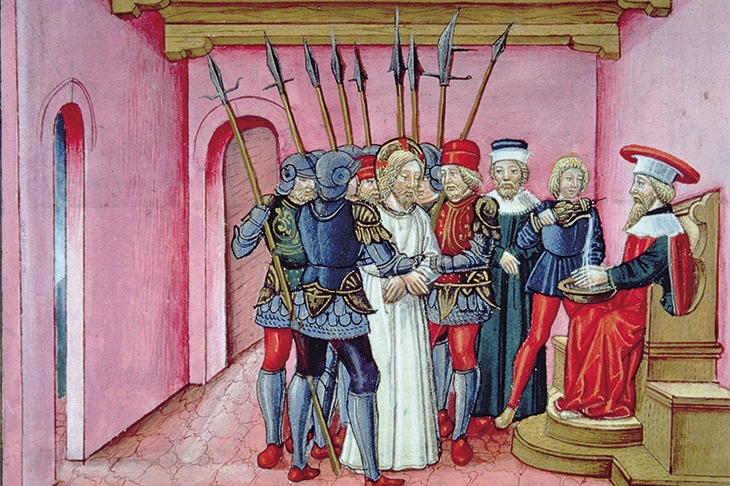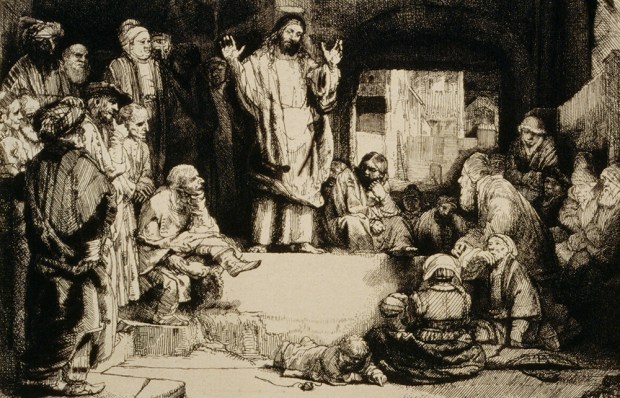In 1866, the Russian historian Alexander Popov made an astonishing discovery. Leafing through a Renaissance Slavonic translation of the first-century Jewish historian Josephus, Popov found detailed notes on the trial of Jesus written by none other than Pontius Pilate, the Roman governor who sentenced Jesus to death. The notes, finally published in a German edition 60 years later, were impressively detailed.
Already a subscriber? Log in
Subscribe for just $2 a week
Try a month of The Spectator Australia absolutely free and without commitment. Not only that but – if you choose to continue – you’ll pay just $2 a week for your first year.
- Unlimited access to spectator.com.au and app
- The weekly edition on the Spectator Australia app
- Spectator podcasts and newsletters
- Full access to spectator.co.uk
Or
Unlock this article
You might disagree with half of it, but you’ll enjoy reading all of it. Try your first month for free, then just $2 a week for the remainder of your first year.














Comments
Don't miss out
Join the conversation with other Spectator Australia readers. Subscribe to leave a comment.
SUBSCRIBEAlready a subscriber? Log in